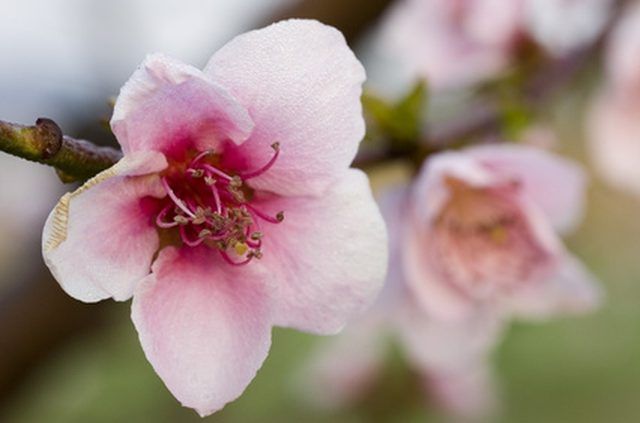Bulbs
Flower Basics
Flower Beds & Specialty Gardens
Flower Garden
Garden Furniture
Garden Gnomes
Garden Seeds
Garden Sheds
Garden Statues
Garden Tools & Supplies
Gardening Basics
Green & Organic
Groundcovers & Vines
Growing Annuals
Growing Basil
Growing Beans
Growing Berries
Growing Blueberries
Growing Cactus
Growing Corn
Growing Cotton
Growing Edibles
Growing Flowers
Growing Garlic
Growing Grapes
Growing Grass
Growing Herbs
Growing Jasmine
Growing Mint
Growing Mushrooms
Orchids
Growing Peanuts
Growing Perennials
Growing Plants
Growing Rosemary
Growing Roses
Growing Strawberries
Growing Sunflowers
Growing Thyme
Growing Tomatoes
Growing Tulips
Growing Vegetables
Herb Basics
Herb Garden
Indoor Growing
Landscaping Basics
Landscaping Patios
Landscaping Plants
Landscaping Shrubs
Landscaping Trees
Landscaping Walks & Pathways
Lawn Basics
Lawn Maintenance
Lawn Mowers
Lawn Ornaments
Lawn Planting
Lawn Tools
Outdoor Growing
Overall Landscape Planning
Pests, Weeds & Problems
Plant Basics
Rock Garden
Rose Garden
Shrubs
Soil
Specialty Gardens
Trees
Vegetable Garden
Yard Maintenance
Facts About Weeping Peach Trees
Facts About Weeping Peach Trees. Over the years, weeping trees have undergone extensive development and landscape implementation. Their natural ability to retain a small size and distinctive form makes them a favorite for many gardeners and landscapers. Add beautiful pink spring blossoms to the mix, and you have the basics of a weeping peach tree....

Over the years, weeping trees have undergone extensive development and landscape implementation. Their natural ability to retain a small size and distinctive form makes them a favorite for many gardeners and landscapers. Add beautiful pink spring blossoms to the mix, and you have the basics of a weeping peach tree. With several cultivars commercially available, the weeping peach will make an elegant statement in any landscape.
Basics
Weeping peach trees do not actually grow edible peaches, and if the plant grows any fruit, it will be small or inconspicuous. This makes it suitable for plantings near houses, or in other height-constrained areas. However, the most pertinent aspect of this plant is its showy bloom, which comes out in late winter to early spring.
Care
One of the most important care aspects of weeping peach is proper location. Protect the plant from fierce winds or harsh snow that can damage its branches. In addition, weeping peach trees do best in hot, full-sun climates. They prefer a slightly acidic soil and sandy loam to slightly clay soil that is moist and drains well. These plants sometimes require supplemental watering during the dry parts of the growing season. Lastly, pruning this tree is necessary for a showy flower display the following spring.
Types
Plants are described first by genus and then by species and, if different varieties of the same species are available, by cultivar. Prunus persica 'Windle Weeping' is a popular cultivar of weeping peach that features double pink flowers. Other types include P. subhirtella pendula, a pale pink flowering variety; P. subhirtella pendula rubra, a deeper pink, almost red, flowering cultivar; and P. yedoensis perpendens, a pink-flowering variety with a weeping form.
Downfalls
Despite the uniqueness and beauty of the weeping peach, they do have several downfalls. First, heavy pruning is required for a showy flower. Secondly, because the flower blooms so early, it can be susceptible to frost damage in colder climates. Additionally, areas with cool, rainy springs have been known to negatively affect weeping peaches' flower production and pollination.
Price
Although not terribly expensive, weeping peaches do generally cost more than their non-weeping cousins. Most gardeners and landscapers should be able to secure a 3- to 4- foot specimen for around $20 to $30, with the total planting cost typically around $50.